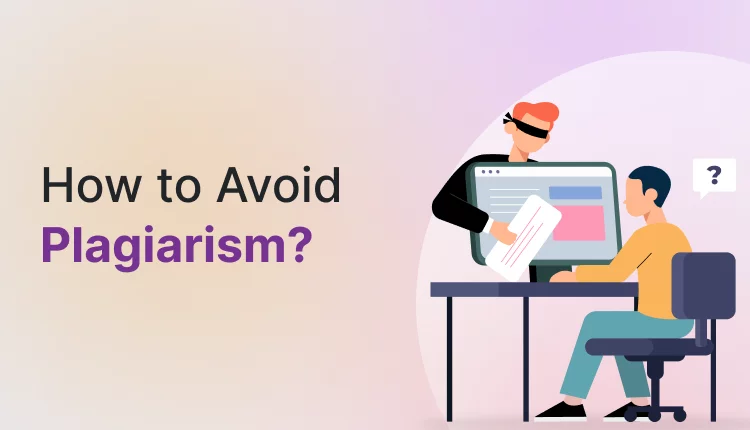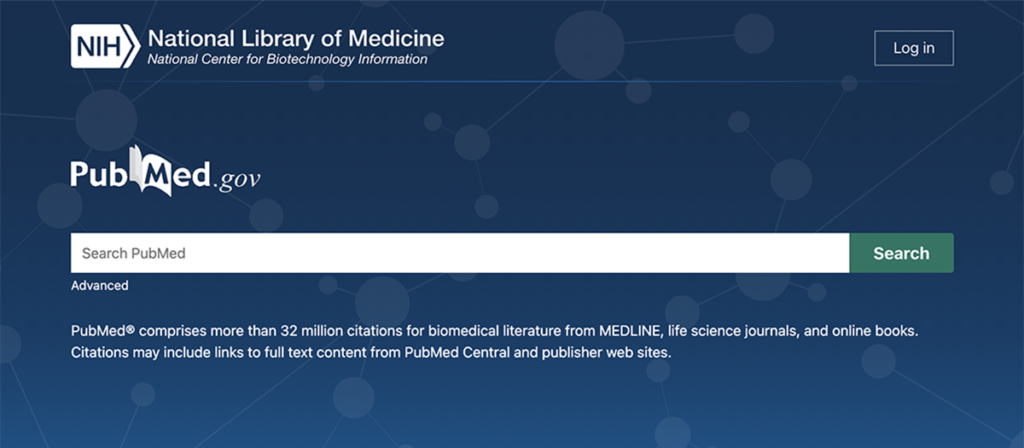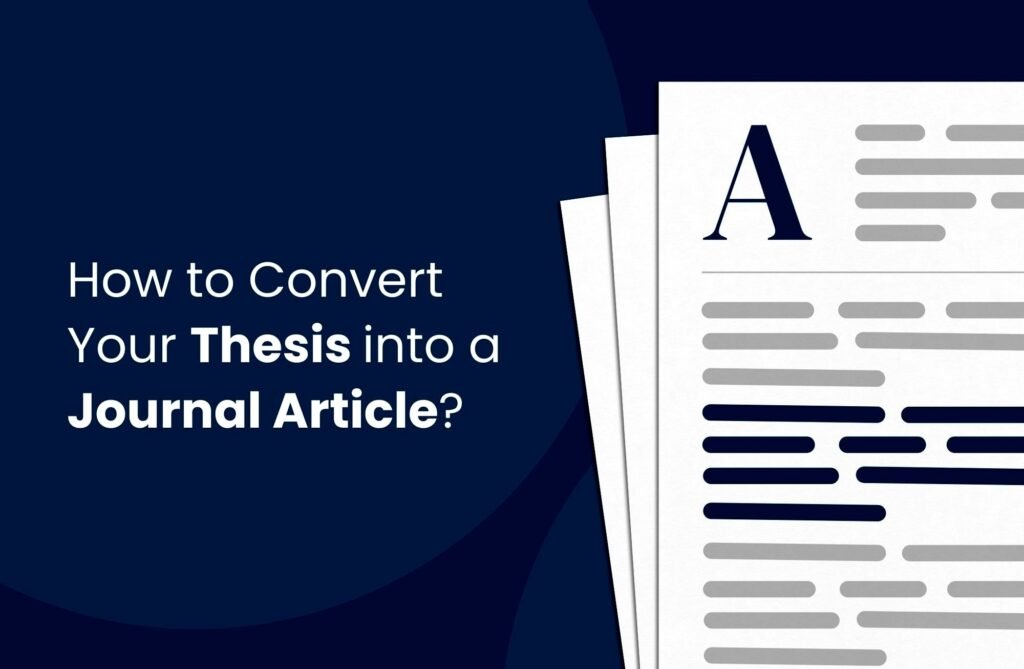Plagiarism is a serious issue that compromises academic integrity and originality. It involves the unauthorized use of someone else’s ideas or work and passing them off as one’s own. Even if the original author consents, proper credit must still be given. Whether intentional or accidental, plagiarism can lead to severe consequences, making it crucial for writers to understand and avoid it.
What is Plagiarism?
Plagiarism is often referred to as “literary theft.” It occurs when an individual uses another person’s ideas, words, or creations without acknowledgment. Some students may mistakenly believe that citing sources allows them to copy text directly. However, even if the words or sentence structure are similar to the original work, it is still considered plagiarism.
Types of Plagiarism
- Self-Plagiarism: Reusing one’s previously published content without proper citation.
- Direct Plagiarism: Copying someone else’s work word-for-word without attribution.
- Mosaic Plagiarism: Failing to give proper credit to the sources used or only slightly modifying the content.
- Accidental Plagiarism: Unintentionally failing to cite sources or incorrectly quoting or paraphrasing content.
How to Avoid Plagiarism
Here are some effective strategies for removing or avoiding plagiarism in your writing:
- Proper Referencing: Always ensure that you accurately reference any content borrowed from other authors. This not only gives credit to the original creator but also helps avoid the risk of plagiarism.
- Changing Sentence Structure: If you must use similar ideas, don’t copy the text verbatim. Instead, rewrite the sentences in your own words by altering the structure and using synonyms.
- Paraphrasing: One of the most essential skills for avoiding plagiarism is paraphrasing. This involves understanding the original text and expressing it in a new way without changing the core meaning. Remember, paraphrasing is not just swapping words for synonyms—it’s about genuinely rephrasing the ideas.
- Thorough Review: Use plagiarism detection tools to review your work for similarities before submission. These tools compare your text against vast databases and provide reports highlighting any matches, which can help you identify and revise plagiarized sections.
Recommended Plagiarism Detection Tools
Some of the top tools for detecting and removing plagiarism include:
- iThenticate: Popular among academic and research institutions, it offers a thorough comparison against journal databases and generates detailed similarity reports.
- Turnitin: Widely used by universities, this tool provides in-depth plagiarism analysis and a similarity index.
- Grammarly: In addition to checking grammar, Grammarly also offers plagiarism detection features.
- Copyscape: A widely-used tool for checking web content for potential plagiarism.
- Plagiarism Checker X: A user-friendly option for quick checks and analysis.
Advantages of Using iThenticate
- Accuracy: iThenticate provides a detailed similarity report, giving an exact percentage of any potential plagiarism.
- Confidentiality: The tool ensures the privacy of your work.
- Accessibility: Available online, making it easy to upload and check your articles.
- Multi-Language Support: iThenticate supports multiple languages, making it accessible for non-English content.
By understanding what plagiarism is and applying the strategies mentioned above—such as referencing correctly, paraphrasing, and utilizing plagiarism detection software—you can significantly reduce the chances of plagiarism in your writing.


